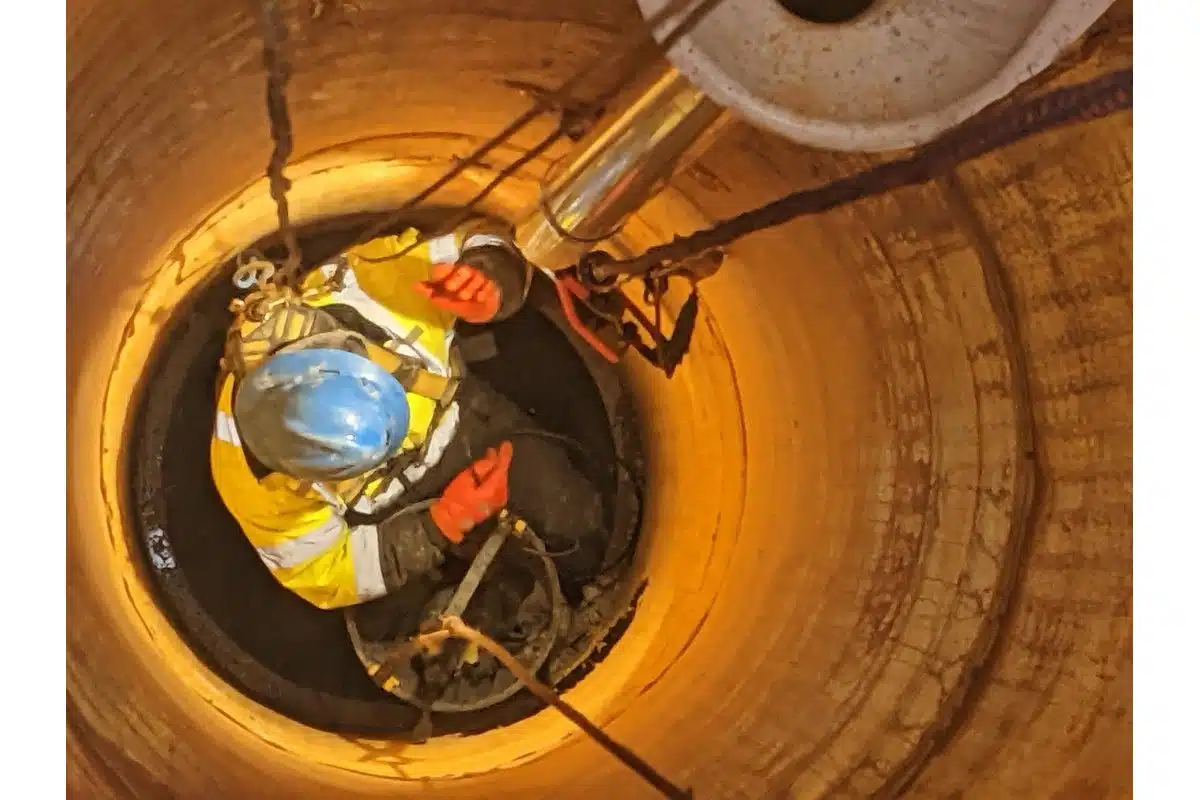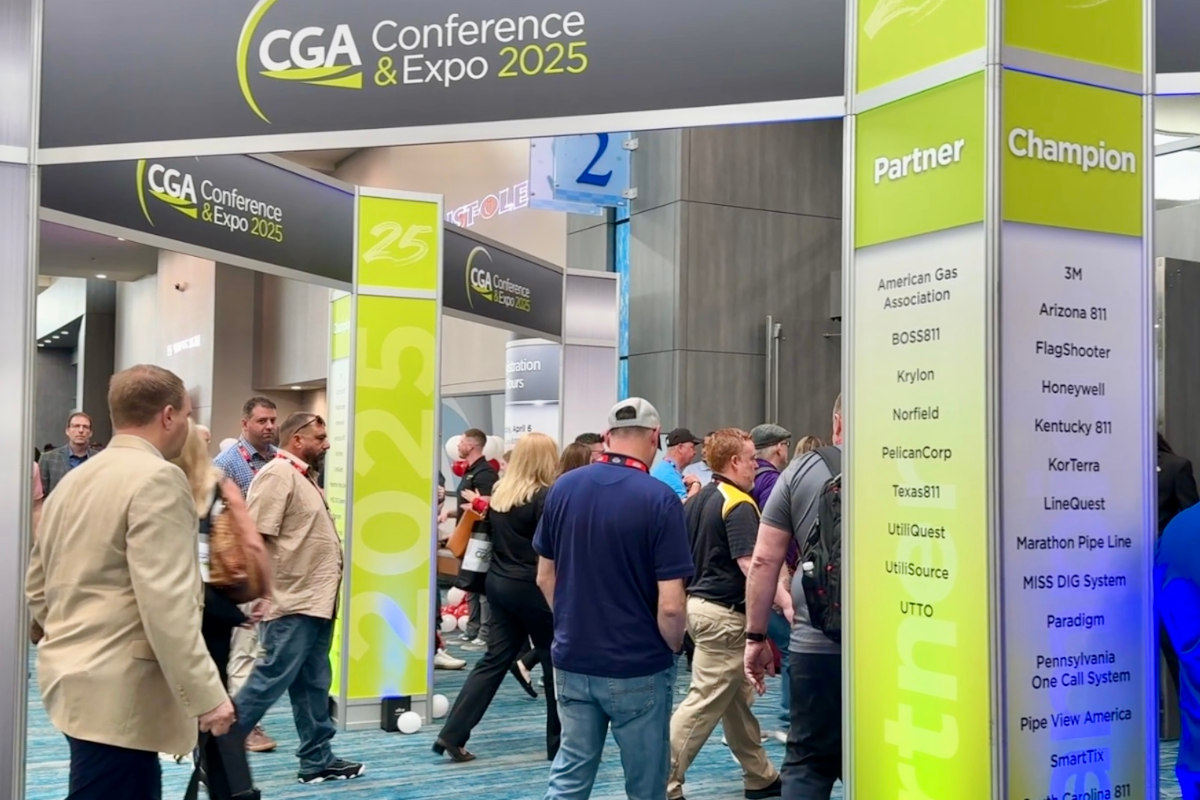
EPA Releases Proposed Lead and Copper Rule Improvements
The U.S. Environmental Protection Agency (EPA) in November released its proposed Lead and Copper Rule Improvements (LCRI). The proposal, which had been expected, would amend the 2021 Lead and Copper Rule Revisions and establish new mandates for lead pipe including a requirement for U.S. water systems to replace all lead service lines within 10 years.
The LCRI proposal will reduce the lead action level and amend tap sampling protocols utilized by water systems. Key provisions include:
- Achieving 100 percent Lead Pipe Replacement within 10 years.
- Locating legacy lead pipes.
- Improving tap sampling.
- Lowering the Lead Action Level.
- Strengthening protections to reduce exposure.
The proposal would also require water systems to communicate more frequently and proactively with consumers about lead service lines and the system’s plans for replacing the lines.
The Lead and Copper Rule Improvements are central to the whole of government approach detailed in the Biden Administration’s Lead Pipe and Paint Action Plan. The Biden EPA has also touted its $15 billion investment through the Bipartisan Infrastructure Law to replace lead service lines, provide technical assistance to communities, and support the development of a national inventory of lead service lines.
“EPA’s proposed Lead and Copper rule is grounded in the best available science and successful practices utilized by drinking water systems to protect children and adults from lead in drinking water,” said EPA Assistant Administrator for Water Radhika Fox. “Cities like Newark, NJ, Benton Harbor, MI, and Green Bay, WI have all successfully gotten the lead out of their water systems. Our proposed rule applies the lessons learned to scale these successes to every corner of the country.”
White House announces ‘Get the Lead Out’ Initiative for LSL technical assistance
According to EPA, there is no safe level of lead exposure. In children, it can severely harm mental and physical development — slowing down learning and damaging the brain. In adults, lead can cause increased blood pressure, heart disease, decreased kidney function and cancer.
The American Water Works Association said in a statement that it “strongly supports EPA’s goal of removing all lead service lines as quickly as feasible from our communities, on both public and private property….We also agree that lead service line inventories should be continually updated so consumers understand where lead risks reside and can make informed decisions to protect their households.
“It’s important to recognize that while some communities can move quickly to replace all lead service lines, others need longer time frames. We are pleased that EPA recognizes that a one-size-fits-all approach will not work and is proposing a formula to help systems with large numbers of lead lines in their service areas comply with the rule.”
The Association of Metropolitan Water Agencies (AMWA), representing large U.S. drinking water systems, added it was pleased to see EPA’s LCRI proposal acknowledge barriers related to accessing lead service lines on private property. AMWA also noted that increasing costs, supply chain disruptions, workforce shortages, incomplete or missing building records, and lack of access to the private side service lines are some of the common challenges to lead service line identification and replacement that utilities are currently experiencing.
“As noted during EPA’s Get the Lead Out [event] earlier this year, successfully replacing lead service lines requires a cooperative effort between local water systems and individual homeowners, and adequate funding assistance from state or federal sources,” said AMWA CEO Tom Dobbins. “AMWA urges EPA to focus on providing drinking water systems with the resources and tools necessary to achieve this ambitious goal, and working toward eliminating the real barriers that exist for many utilities.”
“In Newark, New Jersey, our community persevered through a lead crisis and I’m proud of the work we did removing all 23,000 lead pipes in the city in under three years,” said Kareem Adeem, Director of the Newark Department of Water and Sewer Utilities. “EPA’s new proposed rule will prompt more communities across the country to reduce exposure to lead in drinking water. This action is commendable and represents a positive step forward toward safeguarding the health and well-being of current and future generations.”
Once the proposed rule is published in the Federal Register, EPA will accept comments for 60 days. The agency will also hold a virtual public hearing on Jan. 16, 2024, at which time the public will be invited to provide EPA with verbal comments. For more information about the proposed rule, including a pre-publication version of the proposal, fact sheets and directions for submitting comment and registering for the public hearing, visit the proposed rule webpage.
The average cost to fully replace a single lead service line is more than $10,000, and EPA estimates there are 9.2 million lead lines connecting homes to water systems nationwide. According to AWWA, the total cost could easily exceed $90 billion.
SOURCE – U.S. EPA




